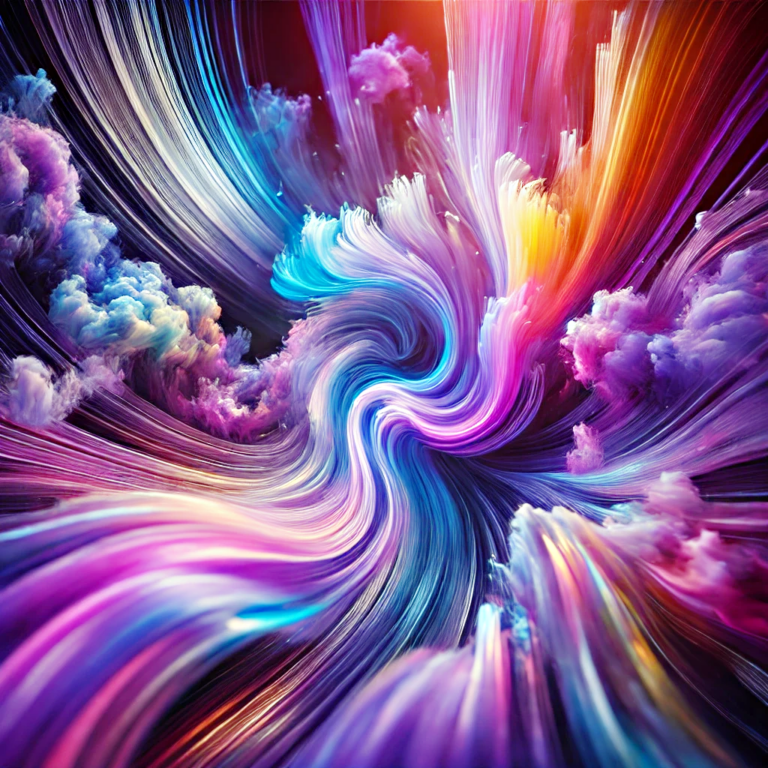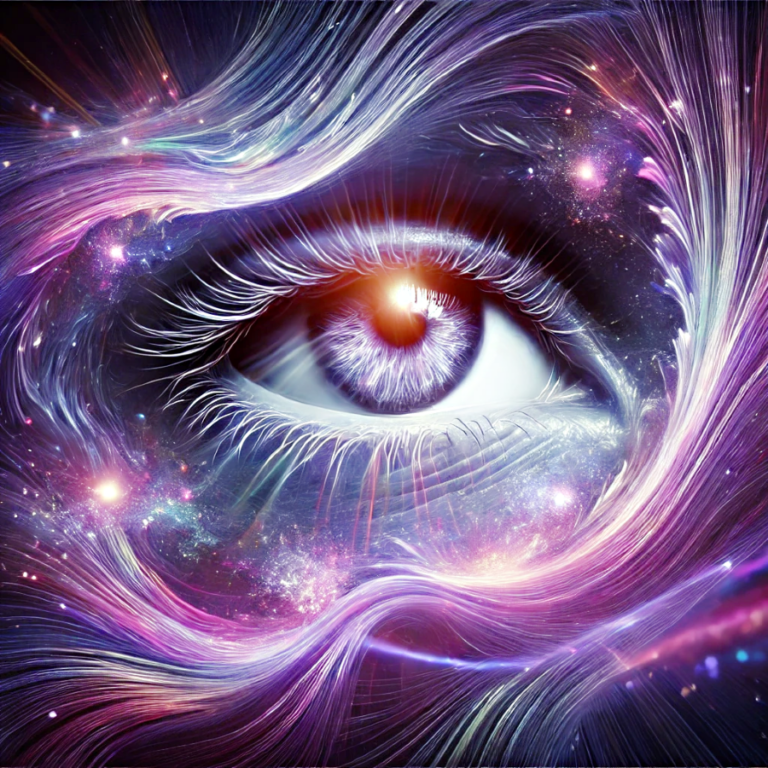We live in a world of color, but there are many hues beyond our everyday vision that subtly shape our perceptions and emotions. These hidden colors, such as ultraviolet (UV) and infrared, and the rare shades seen by a small number of people with heightened color vision, hold a mysterious influence over our thoughts and behaviors.
Most humans can perceive millions of colors thanks to three types of photoreceptors in our eyes. However, some individuals—tetrachromats—have a fourth photoreceptor, allowing them to see tens of millions more shades than the average person. These unseen hues exist beyond the boundaries of typical perception, yet they affect mood, cognition, and even decision-making.

Infrared and ultraviolet light, both invisible to the human eye, also play a role in shaping our mental and physical well-being. Infrared light, for instance, produces a warming effect that can elevate energy levels and create feelings of comfort. UV light, which helps regulate our sleep-wake cycles by promoting the production of serotonin, influences how we feel without us even realizing it. Exposure to UV light can brighten moods and ease anxiety, proving that even invisible wavelengths of light can affect our emotions and biological rhythms.
Interestingly, studies suggest that exposure to hidden wavelengths like near-infrared light may even affect our cognitive processes. Some experiments have shown that when individuals are exposed to these wavelengths, their decision-making speeds up, indicating that these colors might influence us on a deeper, subconscious level.
While many of us may not see these rare hues, the impact of color on human perception is undeniable. Whether through conscious recognition or subconscious influence, color profoundly shapes our experience of the world. As scientists continue to explore these hidden spectrums, the colors just outside our visible range could offer new insights into how we think, feel, and understand the world around us.
The exploration of these hidden colors may one day lead to breakthroughs in areas like mental health, creativity, and even technology. It is a fascinating reminder that the world is far more complex and colorful than we can currently see—an unseen spectrum waiting to reveal its secrets.












प्रतिक्रिया